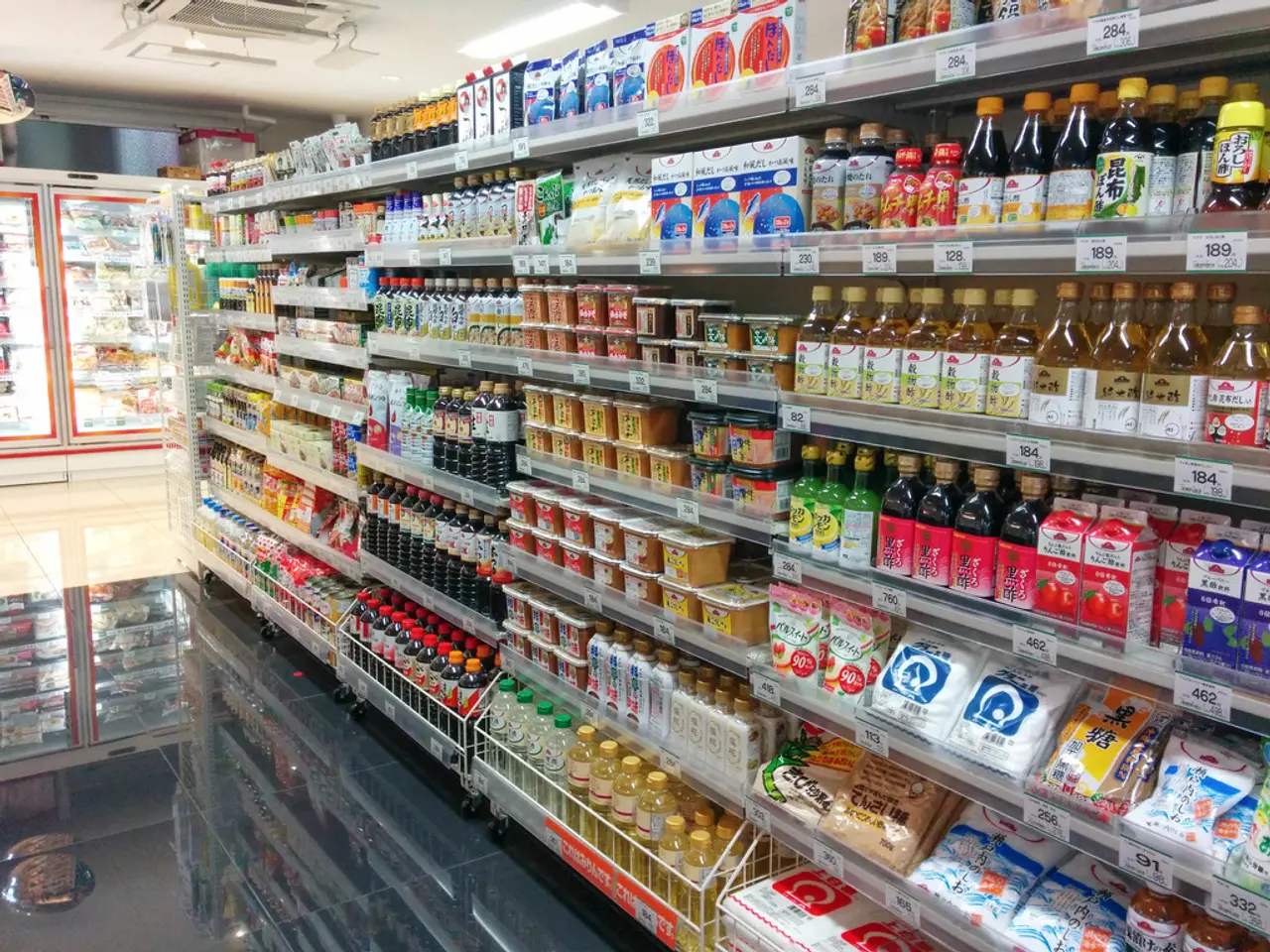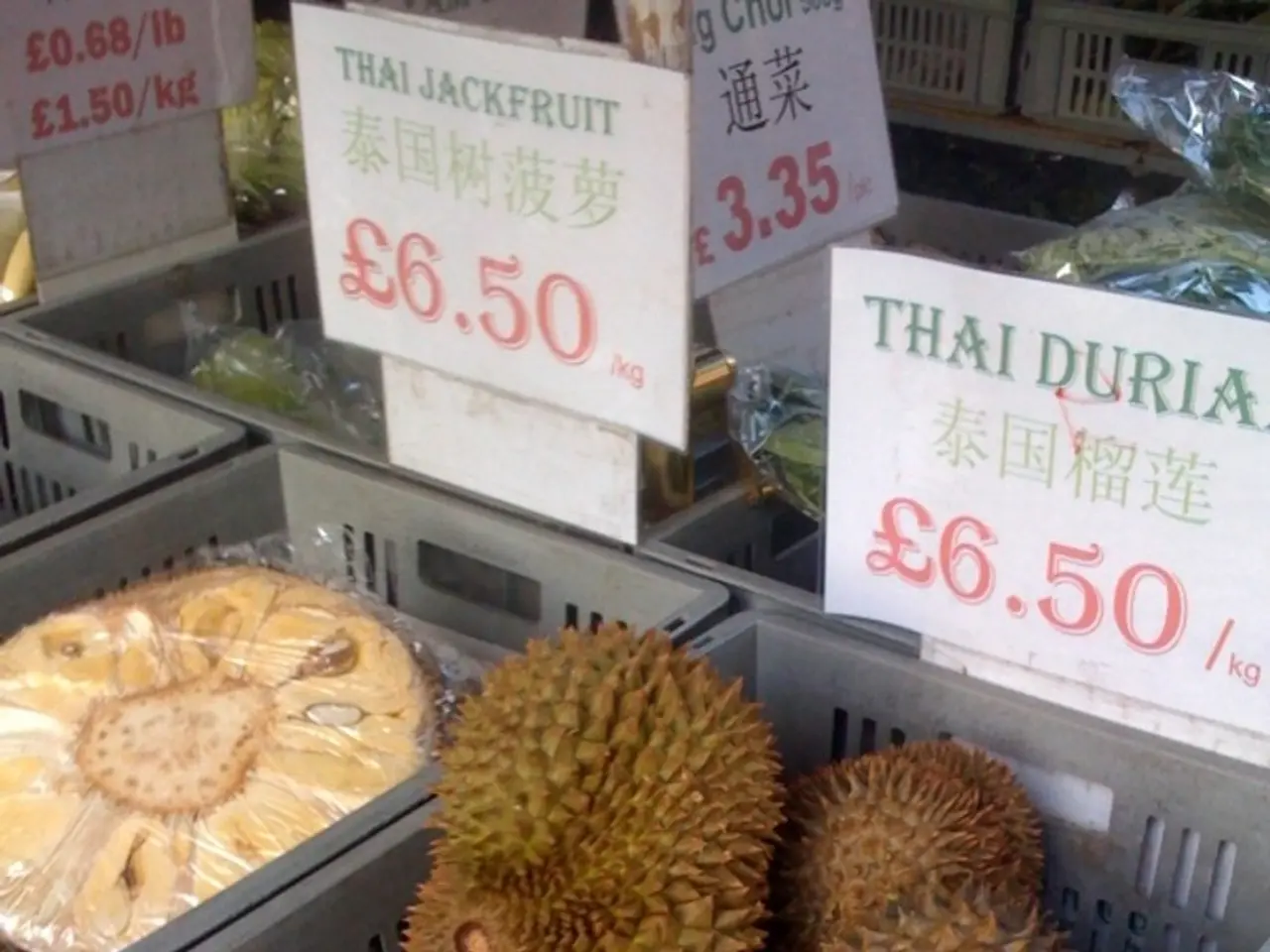Retail Industry's Tariff Response Methods in Supply Chain Management
In the face of increased sourcing costs, supply chain complexity, and pricing uncertainty due to tariffs, businesses are adapting to the changing trade landscape. The TradeBeyond report, "Managing Tariff Turbulence in Supply Chains," highlights eight strategies that brands and retailers can employ to build resilience and mitigate tariff risks.
- Diversifying Supply Sources: Reducing dependence on a single country or supplier vulnerable to tariffs is crucial. Brands and retailers are looking beyond traditional sourcing regions to spread risk and ensure continuity.
- Reconfiguring Supply Chains: By relocating production or distribution closer to key markets, businesses can avoid tariff zones and reduce transportation costs.
- Engaging in Tactical Sourcing: Adjusting sourcing decisions dynamically according to current tariff policies enables companies to navigate the unpredictable landscape of tariffs.
- Implementing Advanced Data Analytics: Better tariff impact forecasting and supply chain risk assessment is made possible through the use of advanced data analytics. This allows businesses to make informed decisions and plan for potential disruptions.
- Leveraging Free Trade Agreements: Identifying duty exemptions and utilising free trade agreements can significantly reduce tariff costs.
- Increasing Inventory Buffering: Building up inventory levels can help absorb supply disruptions caused by tariff changes, ensuring continuity of supply.
- Optimising Product Mix and Pricing: Offsetting tariff-related cost increases without losing customer demand is achievable through careful product mix and pricing strategies.
- Investing in Automation and Technology: Improving supply chain flexibility and reducing operational costs amid tariff pressures is facilitated by investing in automation and technology.
These strategies collectively help brands and retailers manage complexity and maintain supply chain continuity despite the increasing tariff turbulence projected for 2025.
Other measures include diversifying supplier bases to reduce exposure, modifying product designs or classifications to qualify for lower tariff rates (known as tariff engineering), and leveraging foreign trade zones (FTZs) to defer or eliminate tariffs on goods processed or stored within those areas. Regular auditing and staff training are essential to avoid misclassification, which can lead to overpayment or regulatory penalties.
The Trump administration has reinstated tariffs as a primary tool in U.S. trade policy, sparking a rapid increase in trade tensions worldwide. In response, U.S. trading partners have implemented retaliatory tariffs of their own. These strategies can offer meaningful savings, especially when margins are tight and tariffs are high.
For a more in-depth look at these strategies, TradeBeyond's new "Managing Tariff Turbulence in Supply Chains" report provides further insights and guidance for brands and retailers navigating the complex world of tariffs.
- To achieve greater independence from tariff exposed sources, businesses are strategically diversifying supplier bases.
- The global trade landscape is experiencing a shift as companies shift towards reconfiguring their supply chains, moving production or distribution closer to key markets.
- The Trump administration's reinstatement of tariffs has triggered a surge in trade tensions, compelling businesses to engage in tactical sourcing, adjusting decisions based on current tariff policies for adaptability.




